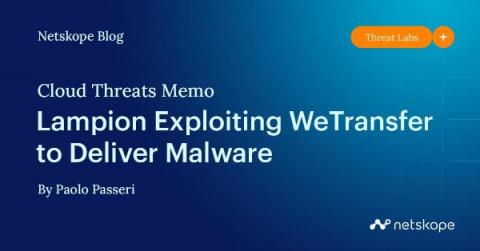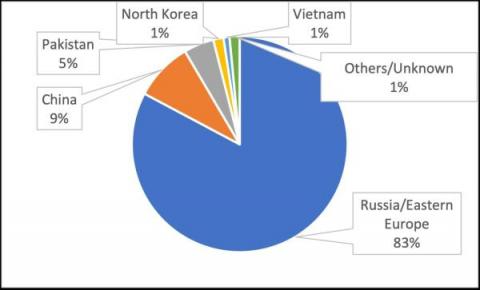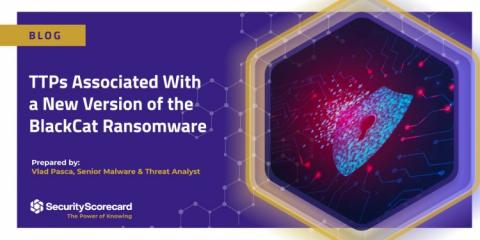Credential theft food chain-What is Ransomware-as-a-Service
Anyone who has watched the Lockpicking Lawyer realizes that certain locks promoted as the latest-and-greatest aren’t necessarily the most reliable devices for securing physical assets. Like many other security professionals, he seeks to educate consumers and manufacturers on defects in devices and how to improve their security. It reminds me of a quote by Deviant Ollam (security auditor and penetration testing consultant): "Security is achieved through openness.










